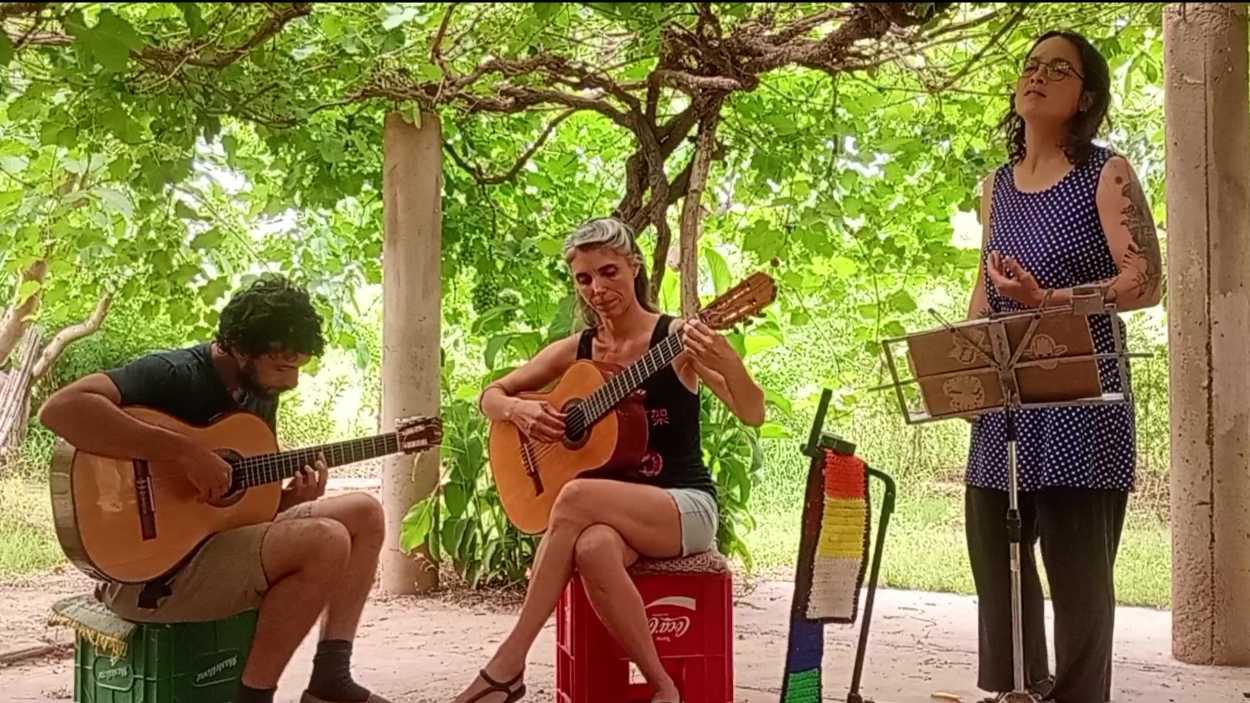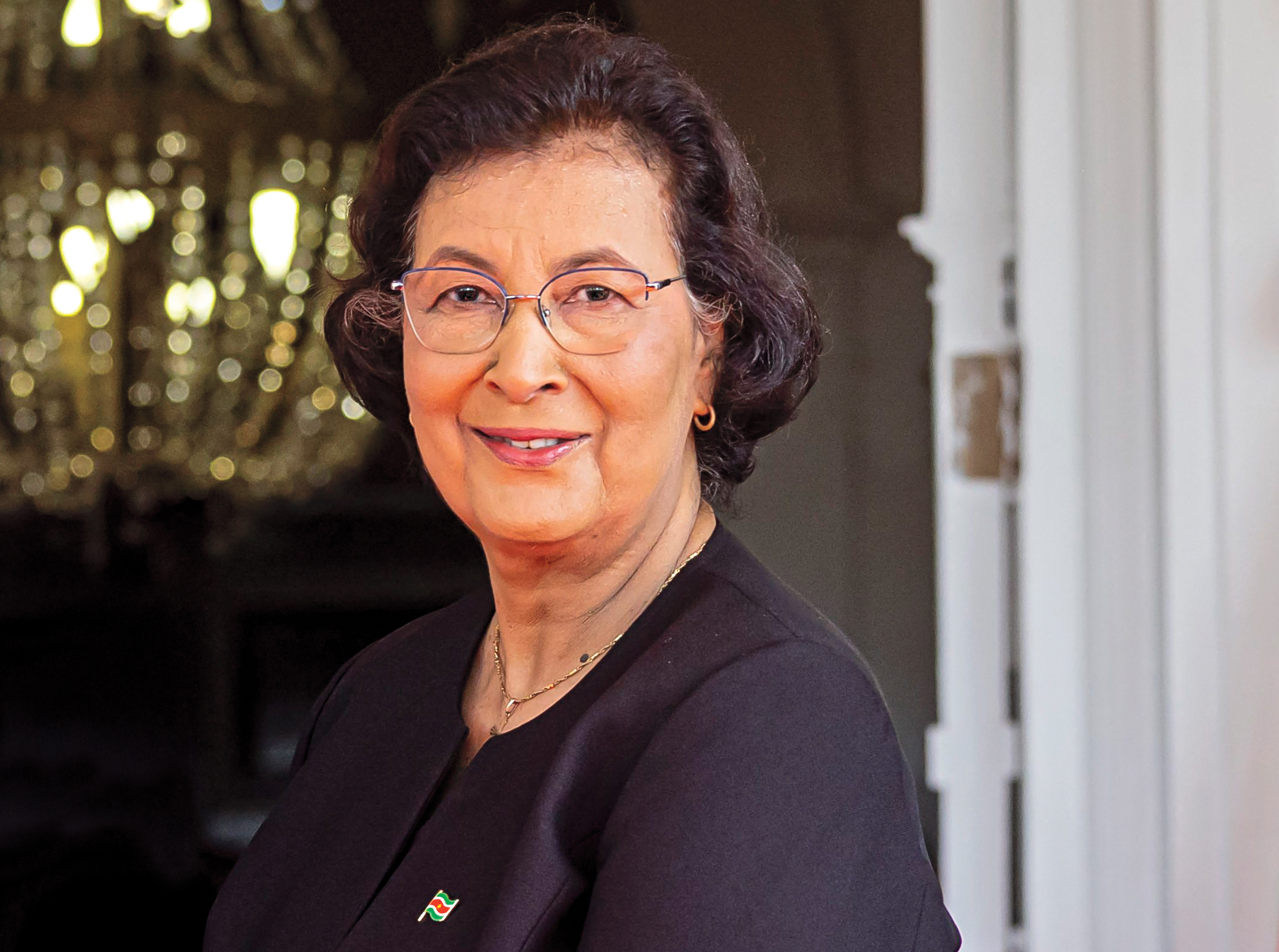Beyond Ethanol: Renewable Energies in Latin America
Beyond Ethanol: Renewable Energies in Latin America
Stefan Krauter, chair of Rio World Climate and Energy Events, and Keith Parsons examine alternative energies in Brazil and throughout the Americas. Both large and small projects, including wind energy initiatives, will be critical to meeting energy demands.
The 1970s gave birth to what has become one of the world’s most successful alternative energy strategies. The Brazilian Pró-Álcool program was designed to unshackle the country from its reliance upon imported oil (which stood at 90 percent) and provide an additional market for Brazilian sugarcane. Thirty years later, as the international community once again faces a turbulent oil market, Brazil’s ethanol program has emerged as the world’s darling. Technological advances in the sugarcane production process now enable Brazilian producers to efficiently switch between bringing either fuel ethanol or sugar to market, allowing for swift adjustments in response to changing world oil and sugar prices and international currency exchange rates. Over the past year, due in part to the success of the ethanol program, Brazil has been able to declare energy independence.
The legacy of the Pró-Álcool program has achieved remarkable results, but not all of Latin America—or even Brazil itself—can benefit from the same favorable agricultural conditions that contributed to its success. Throughout the region, renewable energies and efficiencies will be critical to meeting ever-expanding energy demands, the environmental need for clean energy sources, and the social obligation to provide electricity to remote locations.
According to the World Bank, there are more than 65 million people in Latin America who lack access to electricity. Numerous organizations of varying size and capability are focused upon eliminating this disparity. In September 2006, an Iberoamerican Ministerial meeting, "Energy Security in Latin America: Renewable Energy as a Viable Alternative," was convened in Montevideo, Uruguay to address these issues. The two-day conference noted that biofuels and hydroelectric sources have achieved great success in certain areas, but significant gains have yet to be exploited in regard to other renewable energies and efficiencies. A ministerial declaration identified the following main themes: the promotion of rational energy integration across the region, the need for increased use of renewable energies, and the desire to stimulate research and technological progress in renewable energies.
Achieving these goals and attracting greater investment requires improved and more predictable regulatory structures. One step in the right direction has been the favorable advances in renewable energy legislation and projects over the last few years. Yet, unfortunately, from 2002 to 2004, Brazil was the only Latin American country that actually demonstrated a considerable expansion of renewable energies as a percentage of its total primary energy supply (TPES). While the region retains a renewable energy supply above its global commitment level of 10 percent, the proportion of renewable energy as a percentage of Latin America’s total energy supply (TES) declined 3.5 percent from 2002 to 2004 (25.7 to 24.8 percent)—a result mainly attributed to a drop in hydroelectric and geothermal supplies. If Latin America’s vast hydroelectric plants were subtracted from the region’s renewable energy matrix, the composition of renewable energy as a percentage of TPES drops below 1 percent.
Despite the recent decline in renewable energies as a percentage of Latin America’s TES, both large and small projects are currently either under development or coming online. Conferences such as the biannual Rio World Climate & Energy Event highlight the region’s alternative energy activities, with wind power cited as having the most potential. According to a study by the Brazilian Ministry of Energy, Brazil has the potential to generate 143,000 megawatts (MW) of power by capturing excellent average wind speeds of 7 m/s.
The states of Ceará and Rio Grande do Norte in the Brazilian Northeast and Rio Grande do Sul in the South have emerged as the leaders in wind generation. The Rio Grande do Sul site managed by Ventos do Sul Energia is the largest eolian energy (wind power) park in Latin America and the second largest in the world. One of the world’s most technologically advanced, its 75 towers generate a combined 150MW of energy—enough to supply 650,000 people but still less than 1 percent of Brazil’s eolian power potential.
In contrast to the 98-meter tall wind towers in Rio Grande do Sul, smaller 2kW and 5kW wind turbines are being installed in remote locations where connection to the electrical grid is often cost prohibitive. Studies indicate that wind offers favorable financing when compared to other electrical solutions (network extension, solar generation, gas generation, and biomass generation) typically suited to providing electricity to remote areas located 3 km (or more) from an existing grid. Where wind power cannot meet needs, solar panels can be used to provide basic energy to households and communities.
The Kyoto Protocol’s Clean Development Mechanism (CDM) also plays a significant role within Latin America. With 226 registered projects, Latin America and the Caribbean represent 45.9 percent of total registered CDM projects—second only to Asia and the Pacific (50.4 percent). However, unlike a majority of CDM projects in Asia-Pacific, which concentrate on the destruction of hydroflourocarbons, Latin America’s CDM projects are heavily represented by renewable energy sources such as landfill methane and agricultural biomass emissions for energy generation. The CDM can play a more effective role in promoting renewable energy and carbon mitigation by addressing hurdles presented by the CDM’s "additionality" clause and moving projects toward a more sector-specific approach.
The future for renewable energies in Brazil and the rest of Latin America appears bright. Yet, to achieve full potential, the various political, bureaucratic, and economic barriers to investment and long-term integration into the energy matrix need to be reduced or eliminated. As exemplified by the Brazilian Pró-Álcool program, the results of vision, risk-taking, commitment, need, innovation, and public-private cooperation can indeed yield an enviable supply of renewable energies.
Dr. Stefan Krauter initiated, organized and chaired the RIO 2/3/5/6 World Climate & Energy Events. In addition to various professorships at Brazilian universities, he is the founder of Rio Solar Ltd. and co-founder of the Photovoltaic Institute of Berlin. He is a member of the Board of International Solar Energy Society (ISES) and the World Council of Renewable Energies (WCRE). Keith Parsons received a MS in Global Affairs from New York University and focuses his continued research on Brazilian affairs, carbon mitigation, sustainable development, and renewable energies.








